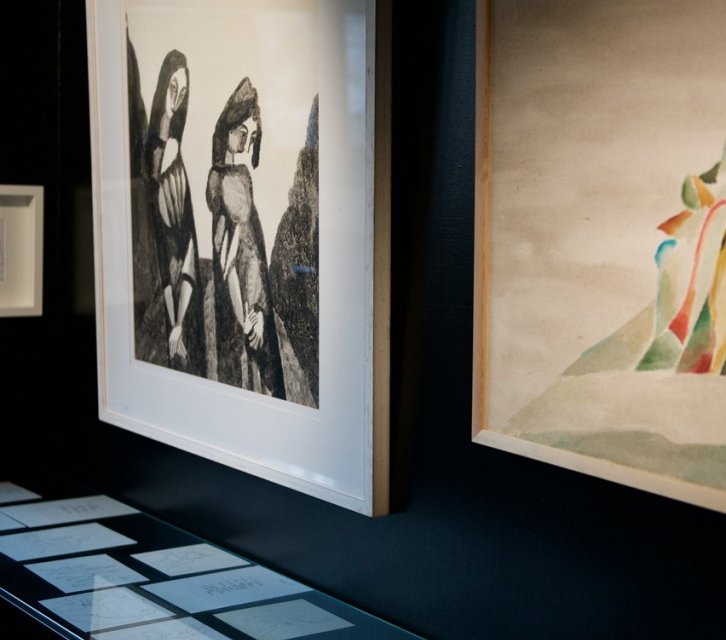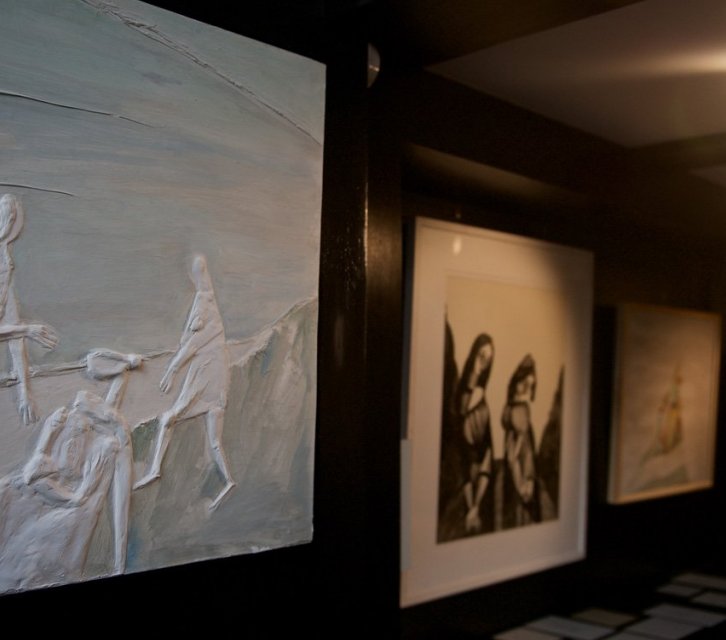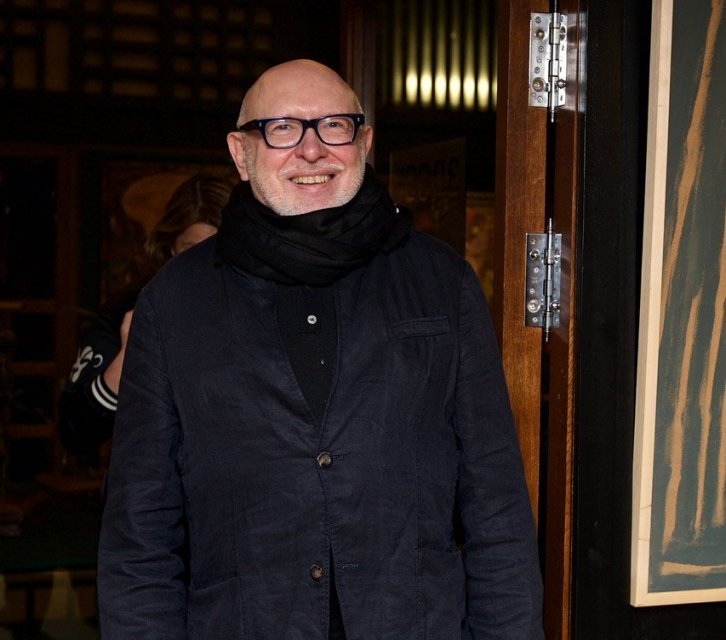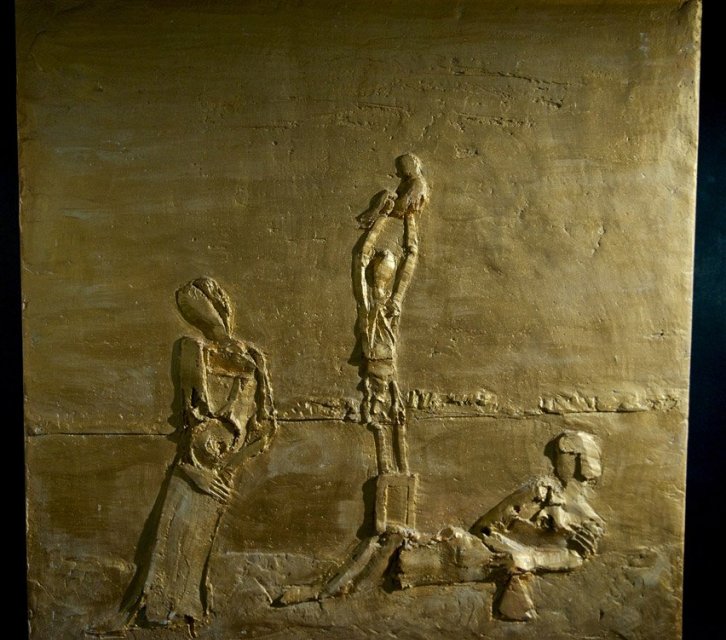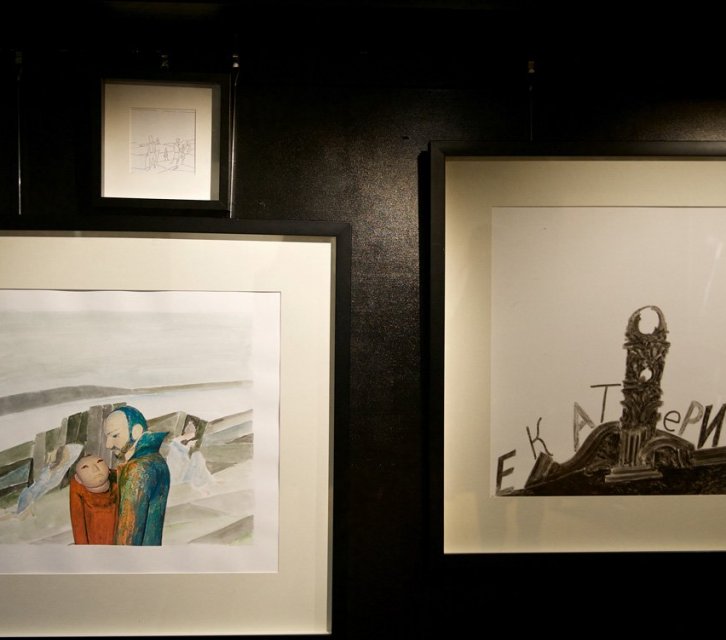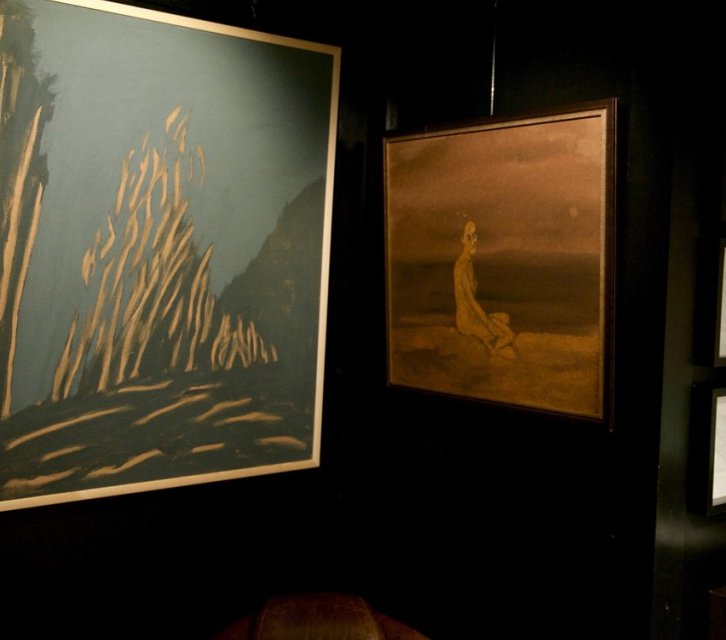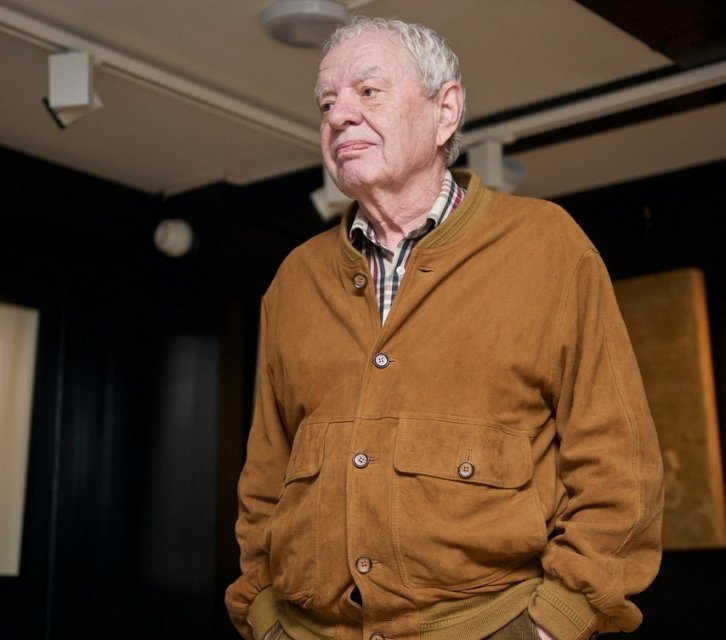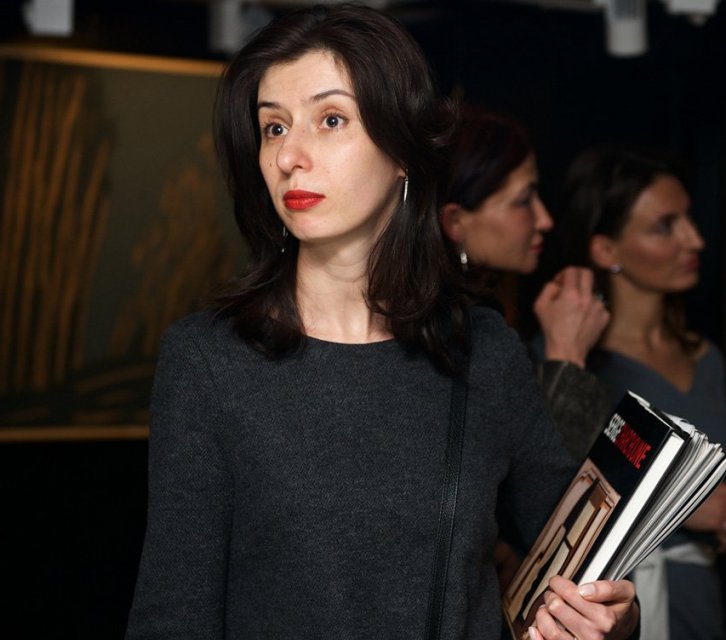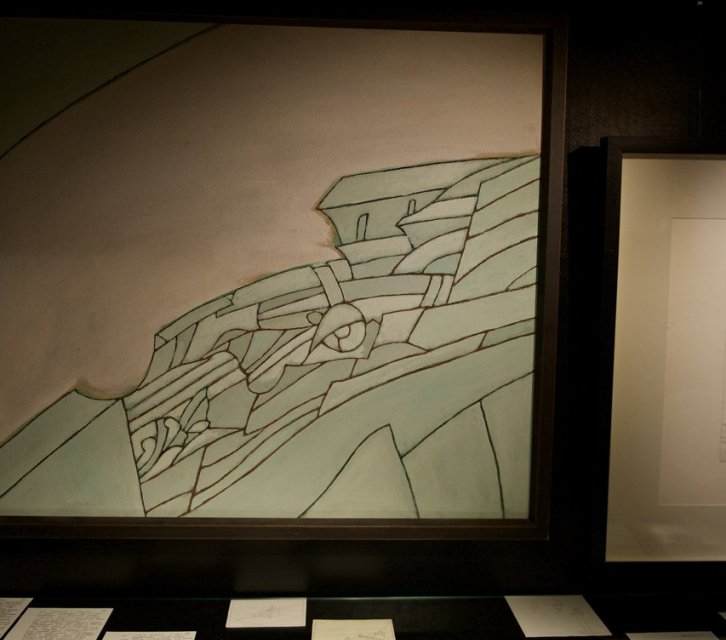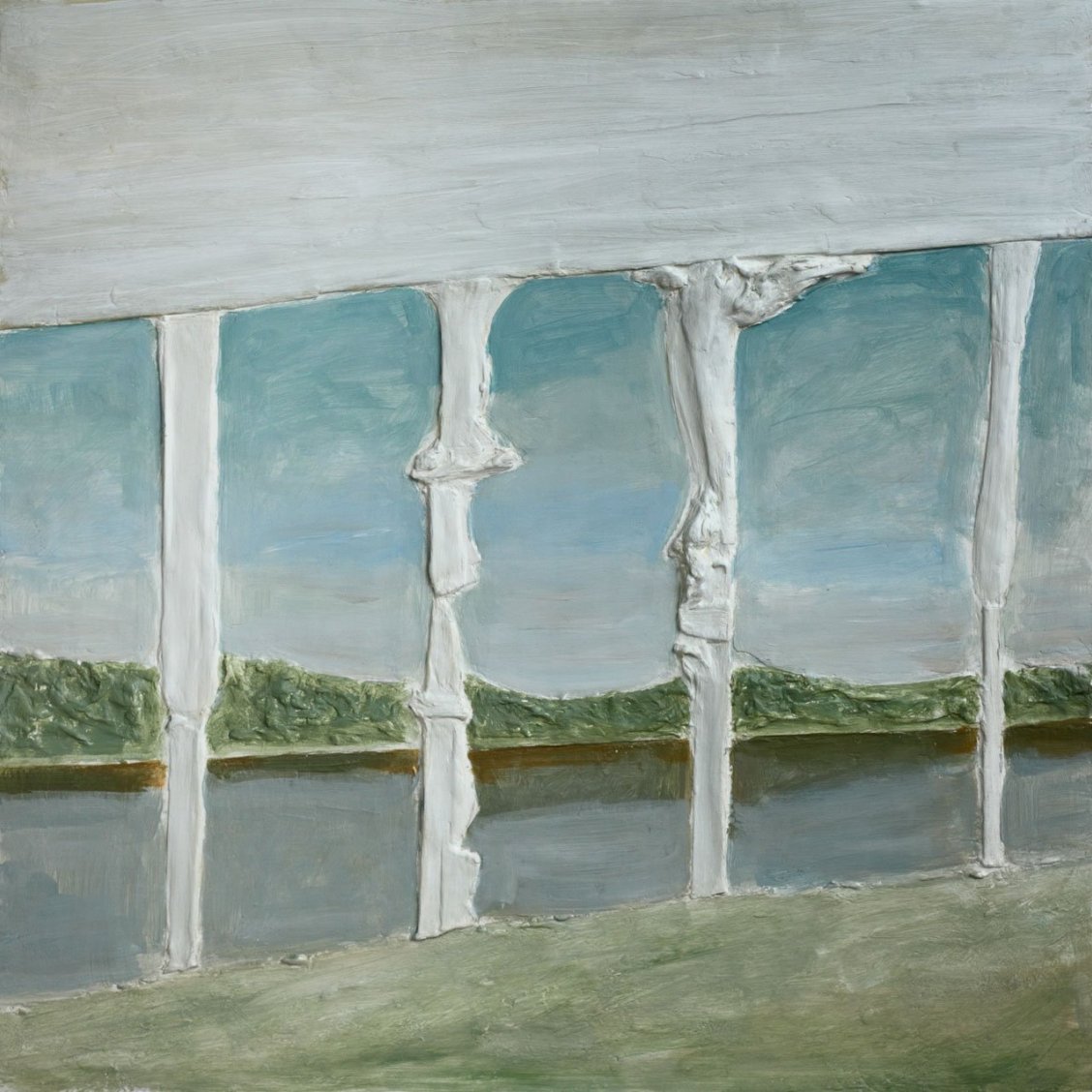
Boris Kocheishvili is an artist and poet, a master of space and composition, whose work defies rigid classification within any single artistic movement. With this exhibition—the artist’s second project in Zdes gallery—the curators sought to showcase the full range of Kocheishvili’s artistic methods. The project brings together painting, relief, collage, graphic art, watercolor, drawing, and, most importantly, text—an element that, according to art historian Alexander Borovsky, is indispensable to understanding Kocheishvili’s work. That is why the exhibition is centered around the theme of the alphabet and the symbolic meanings of letters, which the artist engages with in various ways throughout his practice.
Kocheishvili has often said, “In art, the one who survives is not the one who can pronounce the entire alphabet, but the one who masters a single letter.” And yet, in his work, he seems to articulate all of Russian culture—ranging from Chekhov’s "Three Sisters", depicted in his relief series where female figures gesture with delicate, snow-white hands on a riverbank, to the famous architectural masterpiece, the Church of the Sign of the Holy Virgin in Dubrovitsy. At the foot of this opulent structure, he places a simple log house, the most fundamental yet most perfectly balanced form in Russian architecture. He enjoys weaving together the decorative richness of Baroque with the precise spatial structures of Constructivism, as if merging the soft and hard signs of the alphabet to create an ideal tonal harmony.
One might think that Kocheishvili has already carved out his singular artistic "letter," one he could refine endlessly. Yet, just when his audience—or perhaps even the artist himself—grows accustomed to his work, he unexpectedly begins anew, as if starting with a different letter. Just as the first spark of creativity is born, just as each new generation of children learns the alphabet from a primer, Boris Kocheishvili feels an undeniable need to bring his vision of existence to life on paper and in sculptural form. He first touched paint around the same time he began to learn the alphabet:
"I was a five-year-old boy, holding a long metal tin of watercolor paints and a fine brush—parting gifts from my German nanny in 1945, near Berlin. I used them up in two or three days, painting until the very last drop, and in the process, I wore my delicate brush down to the wood—something I later regretted bitterly."
Some artists are contemporary, some are relevant, and then there are those who are timeless, timeless like writing itself, tracing a lineage from Greek uncial script, evolving throughout their long creative lives. They do not wear down like a pencil used daily but remain eternal in their boundless aesthetics, in the energy of unseen forces. Perhaps it is this very energy that allows Boris Kocheishvili to be a brilliant painter, graphic artist, poet, prose writer, collagist – and, perhaps, in the future, something more.

